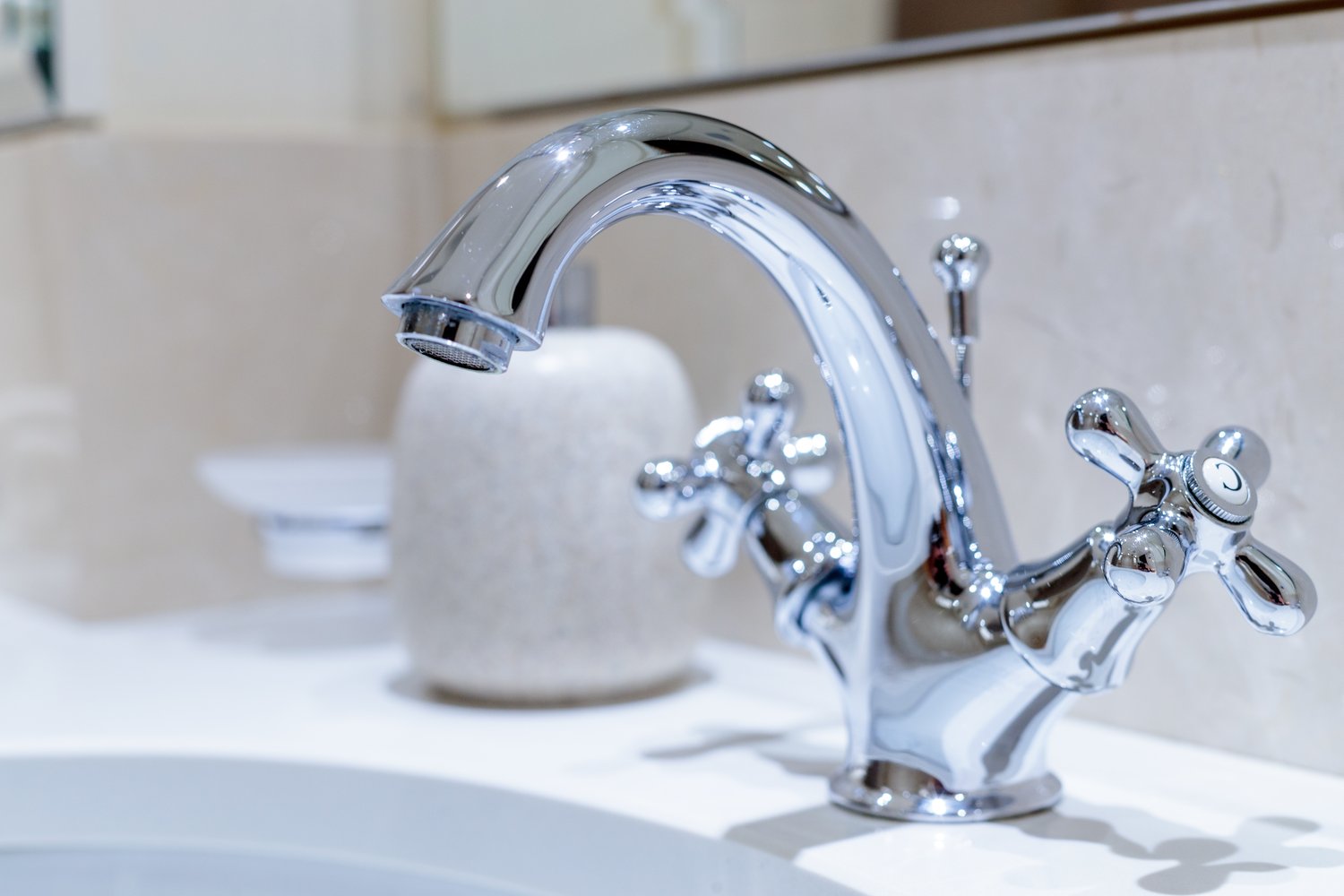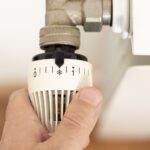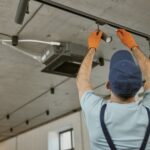Understanding bathroom faucet types
Bathroom faucets come in various styles and designs. Single-handle faucets are popular for their simplicity and ease of use. Double-handle models offer separate controls for hot and cold water. Wall-mounted faucets provide a sleek, modern look. Bathroom equipment includes these essential fixtures. Vessel faucets are designed for above-counter sinks. Each type has its advantages and suits different bathroom layouts. Consider your sink type and bathroom design when selecting a faucet.
Shower faucets are another crucial component of bathroom plumbing. They can be single-handle, dual-handle, or thermostatic. Thermostatic shower faucets maintain a constant water temperature. This feature enhances safety and comfort. Shower faucets come in various finishes, including chrome, brushed nickel, and oil-rubbed bronze. Some models include additional features like built-in diverters or volume controls.
Standing washbasin faucets are ideal for vessel sinks and freestanding basins. These tall faucets provide ample clearance for handwashing. They often feature a single lever for easy operation. Some models include a pull-down sprayer for added functionality. Standing faucets can serve as a striking focal point in your bathroom design.
When choosing Bathroom faucets, consider water efficiency. Look for models with the WaterSense label, which use 20% less water than standard faucets. This can lead to significant water savings over time. Low-flow faucets can reduce water consumption without sacrificing performance. Many modern faucets incorporate aerators to maintain strong water pressure while using less water.
Factors to consider when selecting bathroom faucets
Durability is a key factor in faucet selection. Solid brass construction offers excellent longevity and resistance to corrosion. Ceramic disc valves provide smooth operation and prevent leaks. Stainless steel and zinc alloy are other durable materials used in faucet manufacturing. High-quality faucets may cost more initially but can save money in the long run through reduced maintenance and replacement costs.
Faucet finish affects both aesthetics and maintenance. Chrome is popular for its durability and easy cleaning. Brushed nickel resists fingerprints and water spots. Oil-rubbed bronze offers a classic, elegant look. PVD (Physical Vapor Deposition) finishes provide superior durability and resistance to tarnishing. Consider how the finish will complement other Bathroom equipment and fixtures.
Installation requirements vary among faucet types. Some models require a single hole in the countertop, while others need three holes. Ensure your chosen faucet is compatible with your sink or countertop configuration. Wall-mounted faucets require special plumbing considerations. If you’re replacing an existing faucet, measure the hole spacing to ensure a proper fit. Some faucets come with deck plates to cover unused holes in the sink or countertop.
Consider the specific needs of your household when selecting a faucet. Lever handles are easier to operate for those with limited hand mobility. Touch-activated or touchless faucets offer convenience and improved hygiene. For families with children, consider faucets with anti-scald features. Some models include temperature limit stops to prevent accidental scalding.
Maintaining and troubleshooting bathroom faucets
Regular cleaning is essential for maintaining faucet appearance and function. Use a soft cloth and mild soap to clean faucets daily. Avoid abrasive cleaners that can damage the finish. For mineral deposits, use a mixture of equal parts water and white vinegar. Apply the solution with a soft cloth and rinse thoroughly. Dry the faucet after cleaning to prevent water spots.
Leaky faucets waste water and can lead to higher utility bills. A dripping faucet can waste up to 3,000 gallons of water per year. Common causes of leaks include worn-out O-rings, corroded valve seats, or loose parts. Most leaks can be fixed by replacing the faulty component. If you’re unsure about repairs, consult a professional plumber to avoid causing further damage.
Low water pressure can be frustrating and may indicate a problem with your faucet. Check the aerator for mineral buildup or debris. Remove the aerator and clean it with vinegar or replace it if necessary. If the problem persists, inspect the supply lines for kinks or leaks. Ensure the shut-off valves under the sink are fully open. If these steps don’t resolve the issue, there may be a more serious plumbing problem requiring professional attention.
Preventive maintenance can extend the life of your faucets. Periodically check for leaks around the base and handles. Tighten any loose connections. Lubricate moving parts with plumber’s grease to ensure smooth operation. Replace washers and O-rings at the first sign of wear. By addressing small issues promptly, you can avoid more costly repairs in the future.





